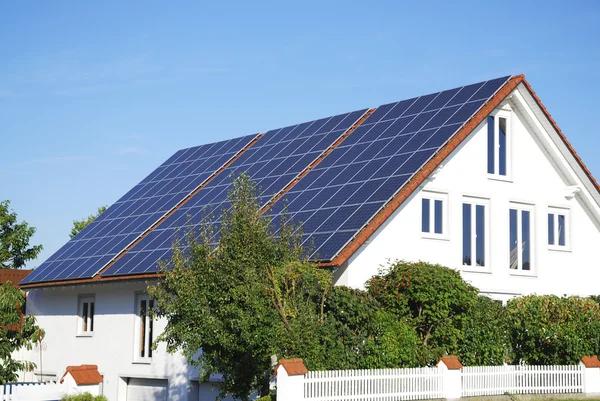How to Maintain Your Roof After Installation
A well-maintained roof is not only essential for protecting your home from the elements, but it can also significantly impact its curb appeal and value. After having a new roof installed, many homeowners mistakenly believe that their responsibilities end there. However, to ensure longevity and optimal performance of your roof, regular maintenance is crucial.
The first step in maintaining your roof after installation is conducting routine inspections. This should be done at least twice a year – in the spring and fall – or after significant weather events such as heavy rain or windstorms. Look out for signs of damage like missing or broken shingles, rusted flashing, or moss growth which could indicate potential water damage.
In addition to visual inspections, it’s important to keep your gutters clean. Clogged gutters can cause water to back up and seep under the roofing materials leading to leaks inside the house. Ensure that leaves, twigs and other debris are regularly cleared away especially during fall when leaves are more likely to accumulate.
Another key aspect of roof replacement orlando maintenance involves checking for moss and algae growth which can degrade roofing materials over time if left unchecked. If you notice any green patches on your roof, consider investing in a quality moss remover product or hire a professional roofer who specializes in this area.
Trimming overhanging tree branches near your home is another preventive measure worth considering. Not only do these branches provide easy access for pests like squirrels who might gnaw on your shingles but they also pose a risk during storms where they could break off and damage the structure of the roof.
Ventilation is another critical factor often overlooked by homeowners when it comes to maintaining their roofs post-installation. A poorly ventilated attic can lead to heat build-up during summer months causing premature aging of roofing materials while during winter it can result in moisture accumulation leading to rotting wood beams or mold growth.
Finally yet importantly is ensuring regular professional check-ups by certified roofing contractors. While DIY maintenance is crucial, there are things that only a professional can handle such as checking for structural damages or carrying out necessary repairs.
In conclusion, maintaining your roof after installation requires a combination of routine inspections, keeping gutters clean, controlling moss and algae growth, trimming overhanging trees and ensuring proper ventilation. While these measures might seem like an extra expense initially, they will save you from costly repairs in the future and ensure your roof serves you well for many years to come.
Blue Star Roofing Inc
4506 Parkbreeze Ct, Orlando, Florida 32808
689-232-3703

